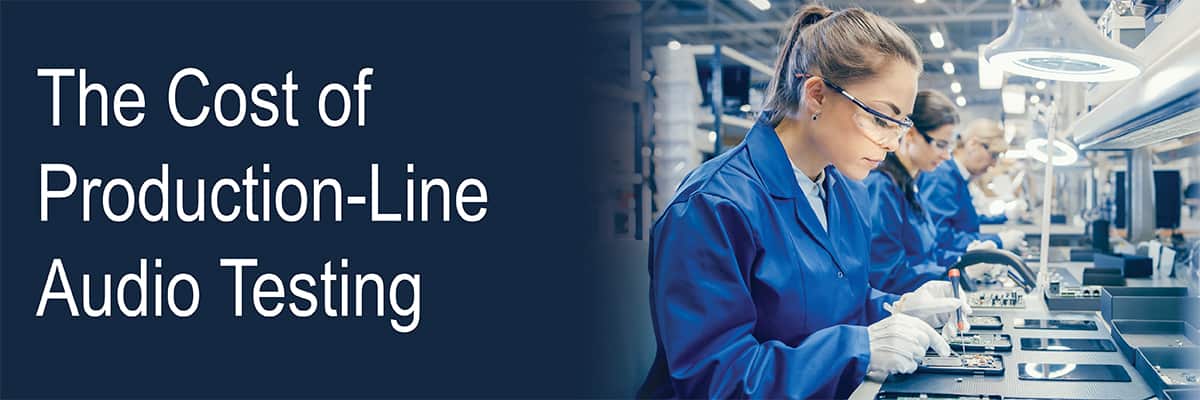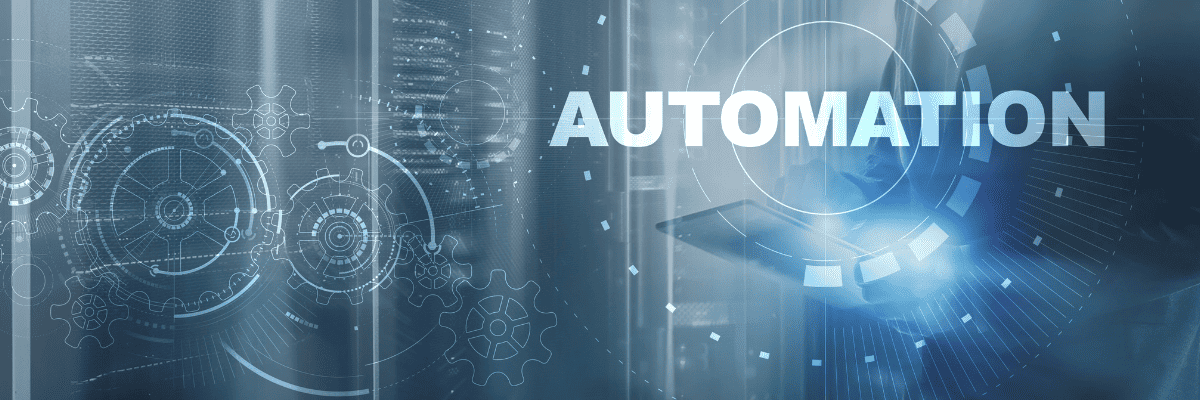The Cost of Production-Line Audio Testing
Delivering what’s promised quickly – at the lowest possible cost
When a consumer audio product, a device that reproduces sounds and contains speakers, headphone drivers, or microphones, is approved for mass production, how you test the product may ultimately have the largest influence on ultimate profitability. A good audio test system will inexpensively and quickly verify that the audio features of the product perform as designed. It will also minimize production costs by ensuring that no working product is incorrectly scrapped and maximize customer satisfaction by preventing defective devices from reaching an end user.
There are many dimensions to the cost of a test system. There is the direct cost of the test system, but that should be balanced against how quickly products can be tested. A low-cost, but slow test system is obviously not economical. But there are many other unapparent costs:
• The accuracy and repeatability of the measurements – A system that is unreliable or which produces inconsistent results has little value on the production line.
• Ease-of-use – The cost of initial setup and the work required to reconfigure tests is not inconsequential. Especially in times when there are significant challenges with having engineers travel internationally.
• Support, service, and hardware reliability – Downtime on a production line is an obvious cost. Is the test system hardware locally supported or does it have to be shipped internationally for service? Is assistance with the software available in the same time zone or only available from an overseas factory?
• Comparability between R&D and production lines – Cost pressure has historically driven the use of different test systems between product development labs and end-of-line test systems. Establishing points of reference e.g., golden units, that allow comparability between different test systems is itself no small cost. Test systems that allow direct comparisons, essentially measurement traceability, from the product development lab all the way through to end-of-line quality control, offer very significant savings.
Accuracy and repeatability of measurements
Audio Precision (AP) is synonymous with the measurement of audio signals for a reason; it’s been our first and only focus since the founding of the company over 38 years ago. When it comes to fundamentals of measurement accuracy, with key metrics such as amplitude accuracy, frequency response flatness, and residual noise and distortion, AP is unchallenged.
Other than the fundamental audio measurements expected in the test setup, there are other factors that need to be considered, especially when it comes to the time put into the testing station setup. Many audio measurement systems, especially those based on using off-the-shelf computer audio interfaces – such as sound cards – are uncalibrated. That is, as delivered by their manufacturers, these systems require you to calibrate, establish the fundamental measurement datum of what is a Volt before they can be used to make any measurement at all.
AP is the only manufacturer of audio analyzers to ship every hardware instrument with an accredited and traceable certificate of calibration. Our analyzers are, in fact, the reference for most other audio measurement systems.
For testing speed, reliability, and the most accurate way to discover assembled products that don’t meet specifications and those that do –– you can rely on AP.
To find out how, click here to speak to an expert about your product design process and the best testing scenario suited to your setup.

